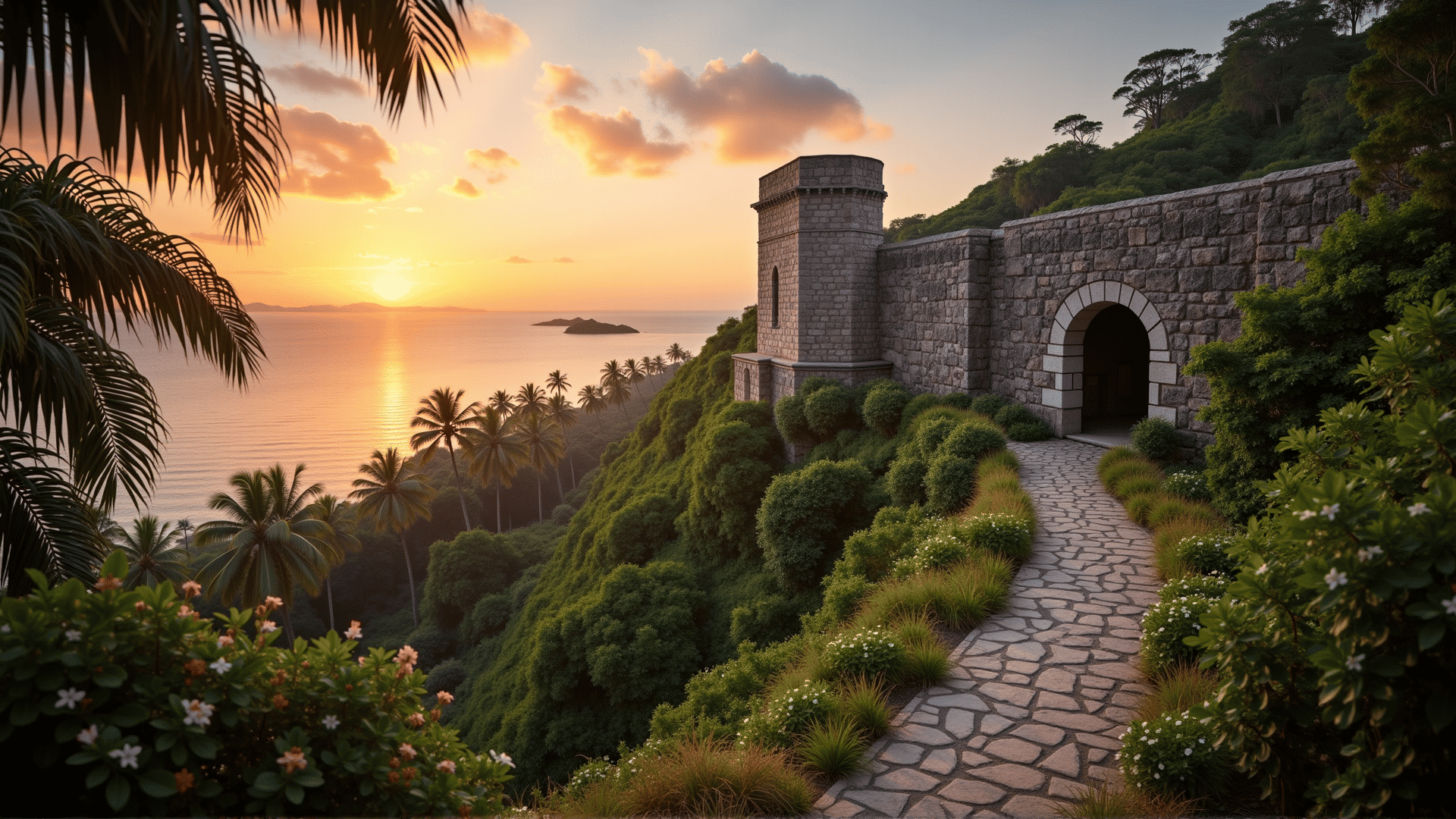The Philippines is a country with a vibrant past and a tapestry of cultural influences that span centuries. Its historic sites offer a window into the stories, traditions, and legacies that have shaped this diverse archipelago. Exploring these sites not only enriches our understanding of the nation’s history but also highlights the beauty of its cultural heritage.
One of the most visited historic sites in the Philippines is the walled city of Intramuros, located in the heart of Manila. Constructed during the Spanish colonial period, Intramuros stands as a testament to the enduring influence of Spanish rule. Walking through its cobblestone streets, visitors can discover well-preserved structures, such as Fort Santiago and San Agustin Church, with each landmark offering a glimpse of the city's colonial past.
In the province of Ifugao, the Banaue Rice Terraces depict the ingenuity and skill of indigenous Filipinos. Carved into the mountains over 2,000 years ago, these terraces showcase sustainable farming practices that have been passed down through generations. The terraces are not just a feat of engineering; they are a living cultural landscape that continues to support and nourish local communities today.
The historic town of Vigan in Ilocos Sur is another jewel of the Philippines. A UNESCO World Heritage Site, Vigan is famous for its well-preserved Spanish colonial and Asian architecture. Strolling along Calle Crisologo, with its cobblestone pathways and traditional horse-drawn carriages, feels like stepping back in time. The town is an exceptional example of how cultural harmony can emerge from various influences, creating an enduring legacy.
Further south, in the Visayas, the island of Bohol is renowned for the Blood Compact Shrine, a site that commemorates the first treaty of friendship between Filipinos and Spaniards. This symbolic event highlights the start of an era of interaction between the Philippines and the Western world.
The southernmost region of Mindanao hosts the beautiful city of Zamboanga, where Fort Pilar stands proudly as a relic of the Spanish era. The fort is not only a military defense structure but also a shrine and museum that preserves the history and traditions of the area. It serves as a vibrant center for cultural preservation and community activities.
These historic sites are more than mere landmarks; they are storytellers that recount the diverse influences and epic sagas of the Philippines. Visiting them provides a meaningful connection to the past, allowing everyone to appreciate the mosaic of cultures, traditions, and histories that make up this remarkable nation. Whether one is a history aficionado, a culture enthusiast, or simply a curious traveler, engaging with the historic sites of the Philippines offers an enlightening journey through time.
